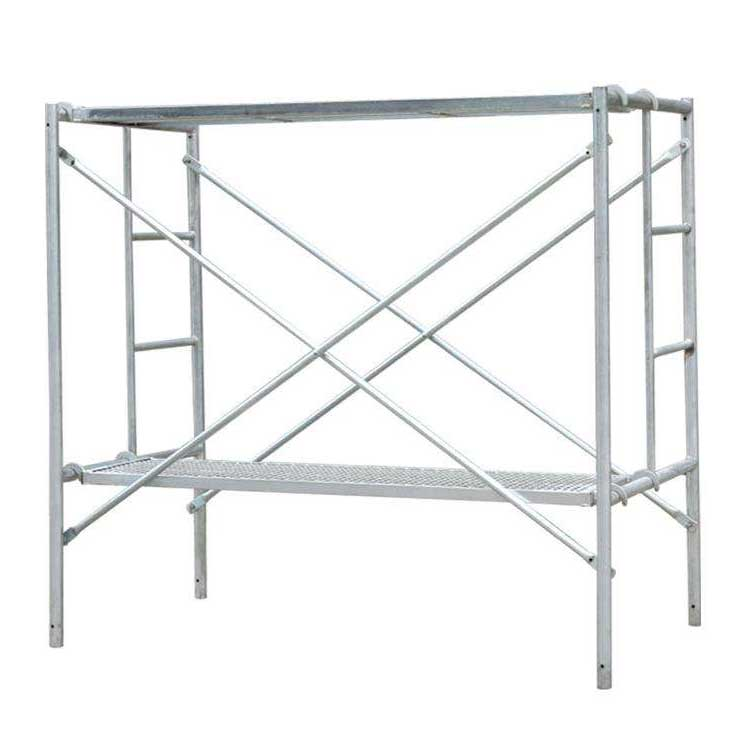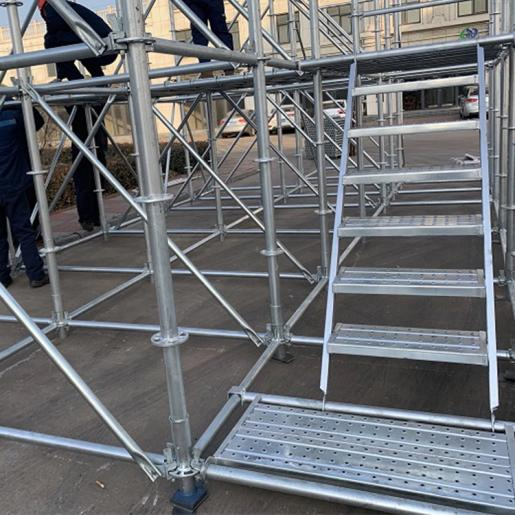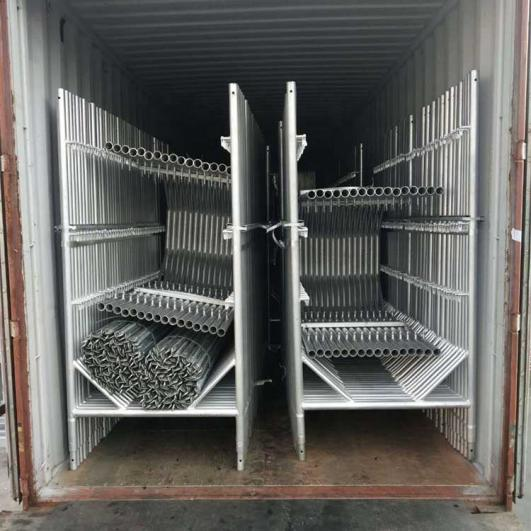Scaffolding is a temporary support structure widely used in construction, renovation, bridges, shipbuilding, and other engineering projects to provide a working platform at height for personnel. Its main components include vertical tubes, horizontal ledgers, diagonal braces, and couplers. Made mostly from steel pipes or aluminum alloys, scaffolding systems offer flexible assembly, strong load-bearing capacity, and high re-usability.
Common types include coupler scaffolding, cup-lock scaffolding, ring-lock scaffolding, and frame scaffolding. A frequently used size is steel tubing with an outer diameter of 48.3mm and wall thickness ranging from 2.5mm to 3.2mm. Lengths can be customized according to project requirements, with typical lengths of 1.5m, 1.8m, 2.0m, and 2.4m. Ring-lock scaffolding is increasingly popular due to its structural stability and efficient assembly.
CREDIT

In terms of application scenarios, scaffolding is widely used for external wall construction in civil engineering, industrial equipment installation, stage building, and warehouse racking. Its modular design allows it to adapt to complex environments and accommodate various heights and working surfaces. The advantages of scaffolding include safety, strong load capacity, fast setup and dismantling, and a high degree of standardization, which facilitates transportation and management. Compared to traditional bamboo or wooden scaffolding, modern metal scaffolding is environmentally friendly, recyclable, and significantly reduces construction risks.
Looking at development trends, the future of scaffolding lies in intelligent systems, lightweight materials, modular designs, and digital construction management. For example, integration with BIM (Building Information Modeling) improves design and efficiency, while high-strength aluminum alloys help reduce self-weight.
To ensure construction safety, scaffolding products must undergo rigorous quality inspection procedures, including raw material tensile testing, dimensional checks of components, ultrasonic weld inspection, and surface anti-corrosion coating tests. Products must be accompanied by certificates of compliance and third-party inspection reports, meeting national or international standards such as EN 12810/12811 or GB 24911.

In conclusion, scaffolding is a fundamental infrastructure supporting the construction industry. It continues to evolve towards greater efficiency, safety, and intelligence, with broad market prospects and significant technological potential.

